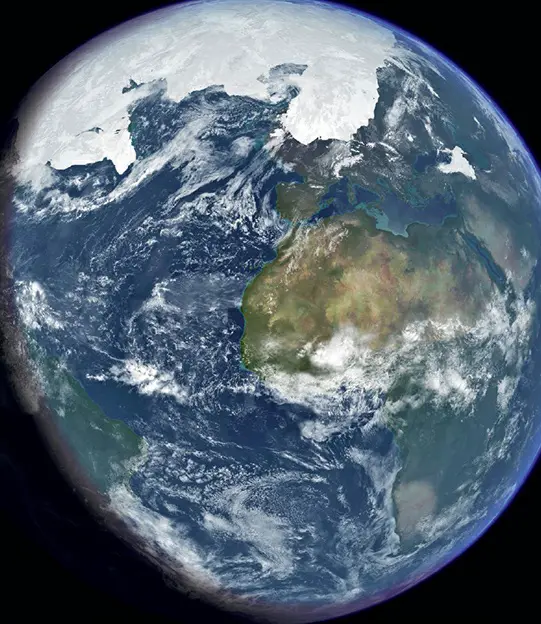Our planet’s history reveals a series of ice ages, marked by periods of extensive cold climate conditions. Currently, we are in the Quaternary Glaciation, which began around 2.6 million years ago. Within this ice age, the Earth has experienced cycles of glacial and interglacial periods. For the past 12,000 years, we’ve been in the Holocene, an interglacial phase. This raises intriguing questions: When will the next glacial period begin, and what’s the timeline for the end of this ice age and the onset of the next?
Climate modeling has shown that Earth’s orbital changes—such as the tilt of its axis and the eccentricity of its orbit—significantly influence these glacial cycles by affecting solar energy received by the Earth. Over the next 100,000 years, these orbital variations are expected to be minimal. However, rising CO2 levels, particularly due to human activities, are likely to have a more dominant impact on global temperatures and climate patterns. With CO2 levels reaching unprecedented heights, the Earth’s climate is on a warming trend, potentially extending the current interglacial period. Some models suggest that the next glacial period may not begin for another 50,000 years or more, depending on future CO2 levels and orbital patterns.
This extended interglacial phase could signify not just a pause but a possible transition towards the end of the Quaternary ice age. This scenario involves the gradual melting of the Greenland and Antarctic ice caps. The timescale for this process and the emergence of the next ice age remain topics of scientific debate and research. Understanding these patterns is crucial for grasping our planet’s climatic future.

